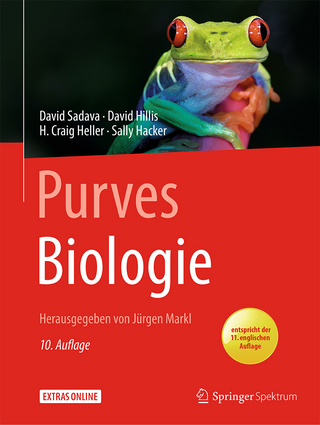
Metal Cutting Theory and Practice
CRC Press (Verlag)
978-0-367-86819-2 (ISBN)
A Complete Reference Covering the Latest Technology in Metal Cutting Tools, Processes, and Equipment
Metal Cutting Theory and Practice, Third Edition shapes the future of material removal in new and lasting ways. Centered on metallic work materials and traditional chip-forming cutting methods, the book provides a physical understanding of conventional and high-speed machining processes applied to metallic work pieces, and serves as a basis for effective process design and troubleshooting. This latest edition of a well-known reference highlights recent developments, covers the latest research results, and reflects current areas of emphasis in industrial practice. Based on the authors’ extensive automotive production experience, it covers several structural changes, and includes an extensive review of computer aided engineering (CAE) methods for process analysis and design. Providing updated material throughout, it offers insight and understanding to engineers looking to design, operate, troubleshoot, and improve high quality, cost effective metal cutting operations.
The book contains extensive up-to-date references to both scientific and trade literature, and provides a description of error mapping and compensation strategies for CNC machines based on recently issued international standards, and includes chapters on cutting fluids and gear machining. The authors also offer updated information on tooling grades and practices for machining compacted graphite iron, nickel alloys, and other hard-to-machine materials, as well as a full description of minimum quantity lubrication systems, tooling, and processing practices. In addition, updated topics include machine tool types and structures, cutting tool materials and coatings, cutting mechanics and temperatures, process simulation and analysis, and tool wear from both chemical and mechanical viewpoints.
Comprised of 17 chapt
David A. Stephenson is a technical specialist at Ford Powertrain Advanced Manufacturing Engineering in Livonia, Michigan. Earlier, Stephenson worked for several years at General Motors Research and General Motors Powertrain; he has also worked at Third Wave Systems, Inc., D3 Vibrations, Inc., the University of Michigan, and Fusion Coolant Systems. He is a member of the American Society of Mechanical Engineers (ASME) and a Fellow of the Society of Manufacturing Engineers (SME). He has served as a journal technical editor for both societies, and served on the ASME Manufacturing Science and Engineering Division Executive Commitee from 2002 to 2007. John S. Agapiou is a technical fellow at the Manufacturing Systems Research Lab at General Motors R&D Center, Warren, Michigan. He is also part time professor in the Department of Mechanical Engineering at Wayne State University. His research focus involves developing and implementing world-class manufacturing, quality, and process validation strategies in the production and development of the automotive Powertrain. He received his bachelor’s and master’s degrees in mechanical engineering at the University of Louisville in 1980 and 1981, respectively, and his PhD from the University of Wisconsin in 1985.
Introduction. Metal Cutting Operations. Machine Tools. Cutting Tools. Toolholders and Workholders. Mechanics of Cutting. Cutting Temperatures. Machining Process Analysis. Tool Wear and Tool Life. Surface Finish, Integrity, and Flatness. Machinability of Materials. Machining Dynamics. Machining Economics and Optimization. Cutting Fluids. Minimum Quantity Lubrication. Accuracy and Error Compensation of CNC Machining Systems. Gear Machining.
| Erscheinungsdatum | 23.12.2019 |
|---|---|
| Verlagsort | London |
| Sprache | englisch |
| Maße | 178 x 254 mm |
| Gewicht | 1700 g |
| Themenwelt | Naturwissenschaften ► Biologie |
| Technik ► Maschinenbau | |
| Technik ► Umwelttechnik / Biotechnologie | |
| ISBN-10 | 0-367-86819-9 / 0367868199 |
| ISBN-13 | 978-0-367-86819-2 / 9780367868192 |
| Zustand | Neuware |
| Haben Sie eine Frage zum Produkt? |
aus dem Bereich


